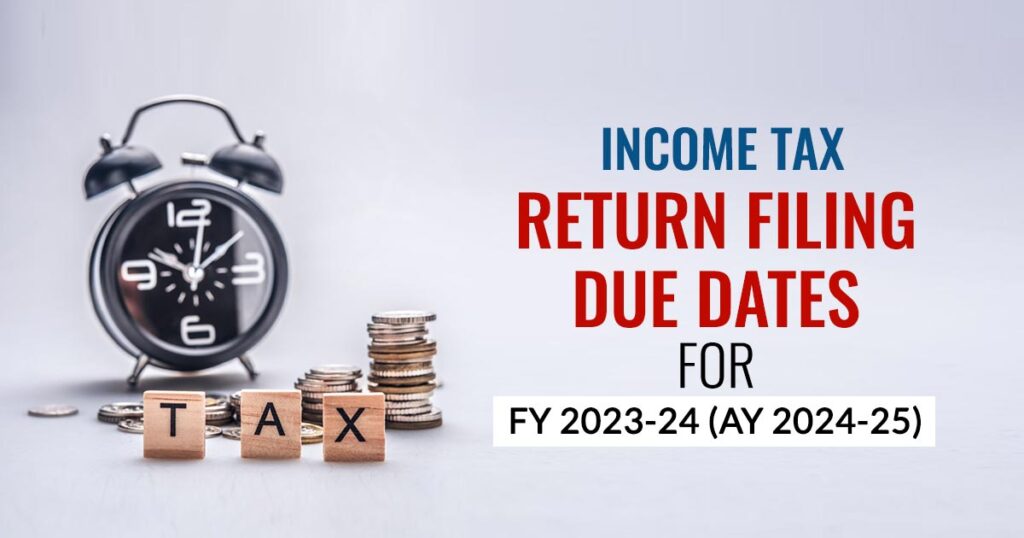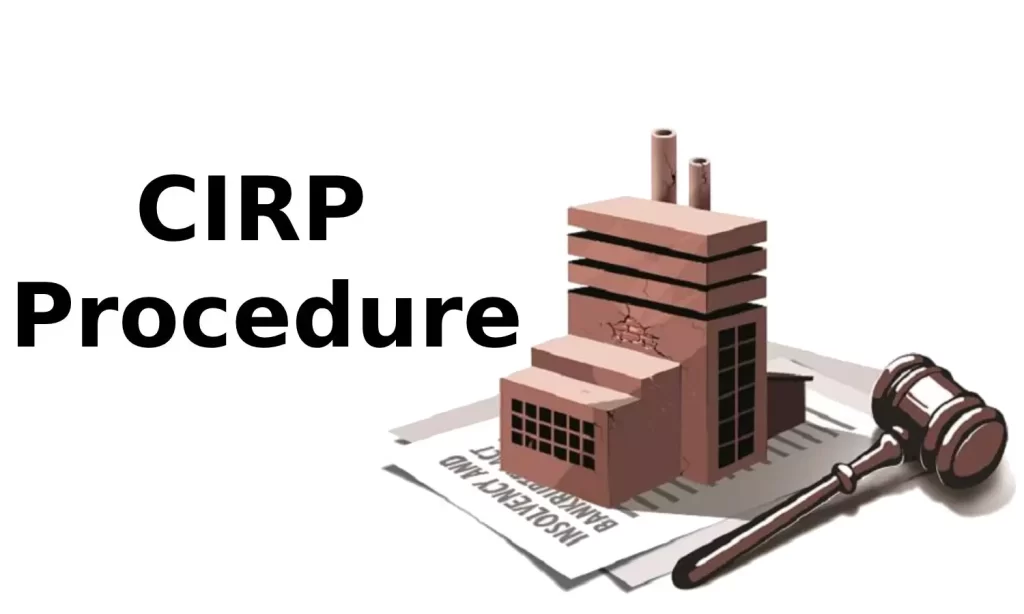SEVENTH SCHEDULE- Arbitration And Conciliation Act, 1996
Arbitrator’s relationship with the parties or counsel The arbitrator is an employee, consultant, advisor or has any other past or present business relationship with a party. 2. The arbitrator currently represents or advises one of the parties or an affiliate of one of the parties. 3. The arbitrator currently represents the lawyer or law firm acting as counsel for one of the parties. 4. The arbitrator is a lawyer in the same law firm which is representing one of the parties. 5. The arbitrator is a manager, director or part of the management, or has a similar controlling influence, in an affiliate of one of the parties if the affiliate is directly involved in the matters in dispute in the arbitration. 6. The arbitrator’s law firm had a previous but terminated involvement in the case without the arbitrator being involved himself or herself. 7. The arbitrator’s law firm currently has a significant commercial relationship with one of the parties or an affiliate of one of the parties. 8. The arbitrator regularly advises the appointing party or an affiliate of the appointing party even though neither the arbitrator nor his or her firm derives a significant financial income therefrom. 9. The arbitrator has a close family relationship with one of the parties and in the case of companies with the persons in the management and controlling the company. 10. A close family member of the arbitrator has a significant financial interest in one of the parties or an affiliate of one of the parties. 11. The arbitrator is a legal representative of an entity that is a party in the arbitration. 12. The arbitrator is a manager, director or part of the management, or has a similar controlling influence in one of the parties. 13. The arbitrator has a significant financial interest in one of the parties or the outcome of the case. 14. The arbitrator regularly advises the appointing party or an affiliate of the appointing party, and the arbitrator or his or her firm derives a significant financial income therefrom. Relationship of the arbitrator to the dispute 15. The arbitrator has given legal advice or provided an expert opinion on the dispute to a party or an affiliate of one of the parties. 16. The arbitrator has previous involvement in the case. Arbitrator’s direct or indirect interest in the dispute 17. The arbitrator holds shares, either directly or indirectly, in one of the parties or an affiliate of one of the parties that is privately held. 18. A close family member of the arbitrator has a significant financial interest in the outcome of the dispute. 19. The arbitrator or a close family member of the arbitrator has a close relationship with a third party who may be liable to recourse on the part of the unsuccessful party in the dispute. Explanation 1.— The term “close family member” refers to a spouse, sibling, child, parent or life partner. Explanation 2.— The term “affiliate” encompasses all companies in one group of companies including the parent company. Explanation 3.— For the removal of doubts, it is clarified that it may be the practice in certain specific kinds of arbitration, such as maritime or commodities arbitration, to draw arbitrators from a small, specialised pool. If in such fields it is the custom and practice for parties frequently to appoint the same arbitrator in different cases, this is a relevant fact to be taken into account while applying the rules set out above.]
SEVENTH SCHEDULE- Arbitration And Conciliation Act, 1996 Read More »




